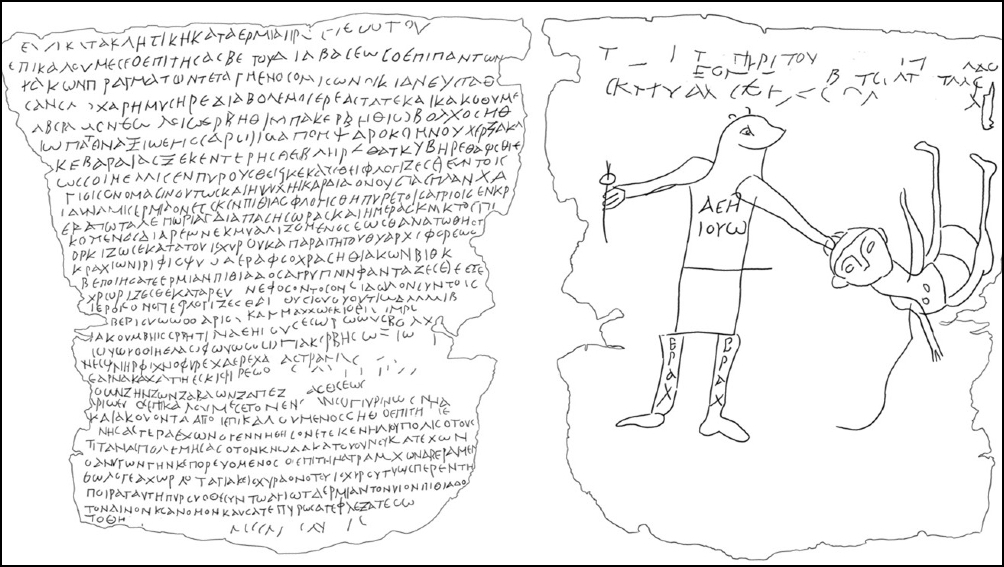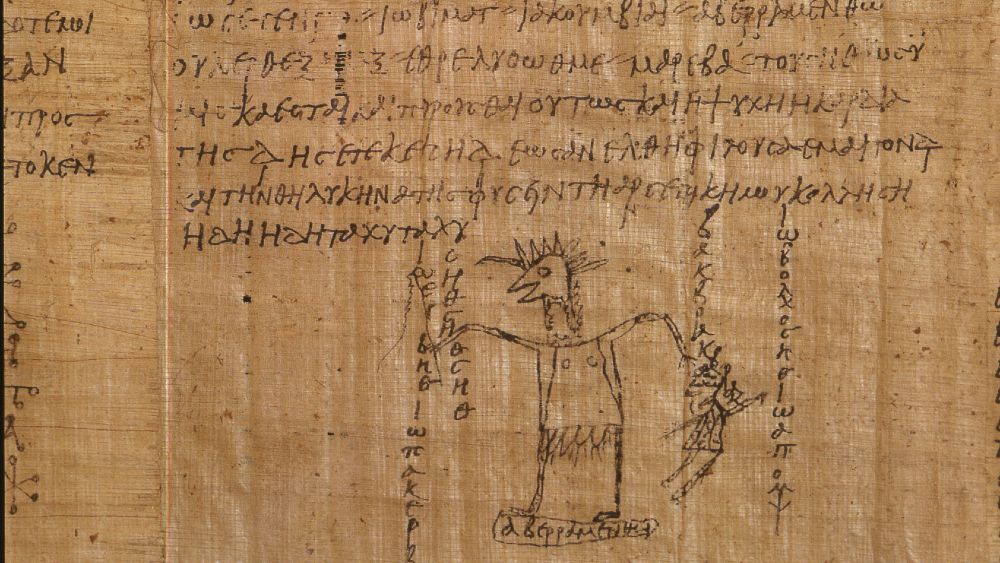The Papyrus Collection of the University of Oslo Library and the Section of Classics, University of Oslo have the pleasure to announce the Eitrem memorial lecture series: to mark the 150 years from the birth of the distinguished Norwegian papyrologist and scholar of ancient religion and magic Samson Eitrem (1872-1966).
Samson Eitrem (1872-1966) produced important studies on ancient religion and magic, founded the Papyrus Collection of the University of Oslo Library and edited some of its most important pieces, served as editor of the journal Symbolae Osloenses (1924-1966) and was a founding member of the Norwegian Classical Association.
Eitrem Memorial Lecture

The Eitrem Memorial Lecture "A New Curse Tablet from Cos and the Oslo Magical Handbook (PGM XXXVI)" will be held by Christopher A. Faraone (The University of Chicago)
The lecture is free. Go to the Eventbrite-site to sign up and access the online Zoom lecture.
Eitrem Memorial lecture abstract:
The recent discovery of a large lead curse-tablet near a Roman bath on the island of Cos has attracted some interest, because of its obvious affinities with the famous drawings in the Oslo magical formulary. But scholars have not stressed the fact that this new tablet shows signs that it was actually copied out of a handbook like the one in Oslo and consequently they have not tried to describe the relationship between the tablet and the handbook, beyond saying that they are contemporary texts with similar illustrations.
We will see, in fact, that although the text and design of the Coan curse tablet were not taken directly from Oslo handbook, they share similar invocations, similar sequences of magical names and similar persuasive analogies -- they seem, in short, to belong to the same handbook tradition.
One needs to be wary, however, about taking this lead tablet as evidence for a scribe-magician working with an Egyptian handbook on the island of Cos, because the Oslo formulary is unique among the fully extant handbooks, because it did not come from faraway Thebes in upper Egypt, but rather was found among the heavily Hellenized towns of the Fayum in the lower part of the Nile. In fact, when we examine them together, we will find that the tablet and the Oslo handbook in their shared features are quite different from these Theban handbooks, a fact leaves open the very real possibility that the borrowing might have gone in the opposite direction, that is: a formulary composed in Anatolia or the south-eastern Aegean may have made its way to the Fayum.

